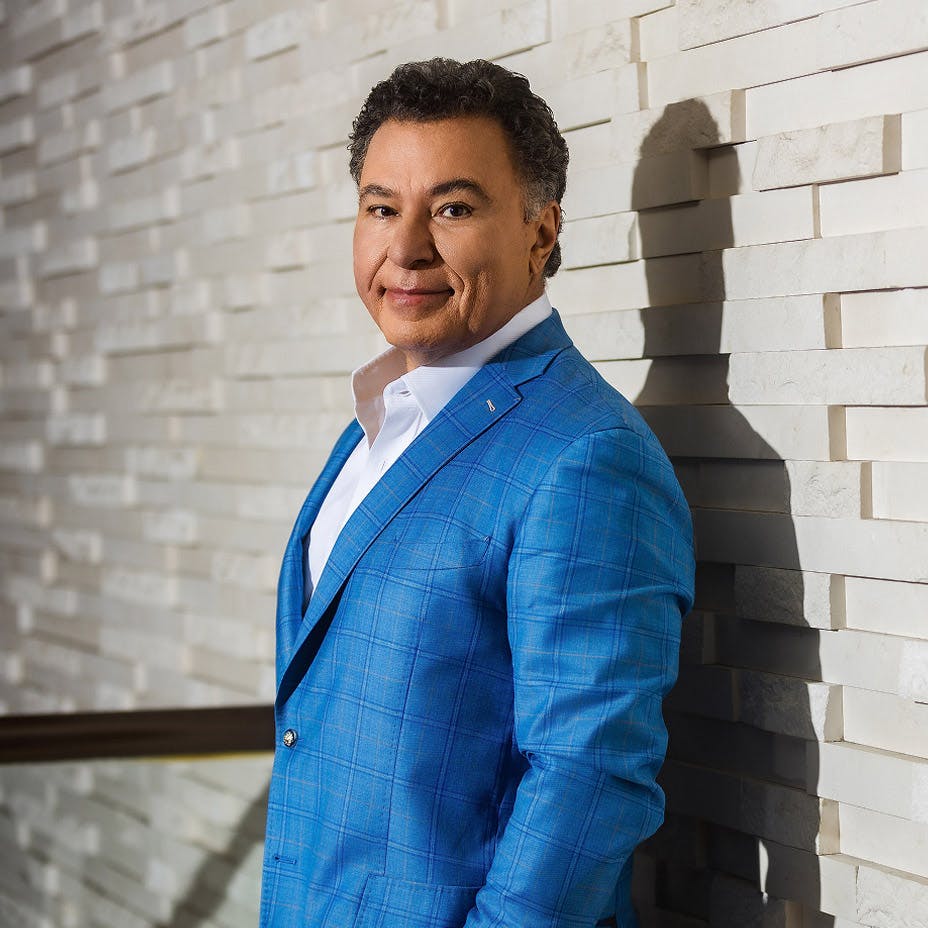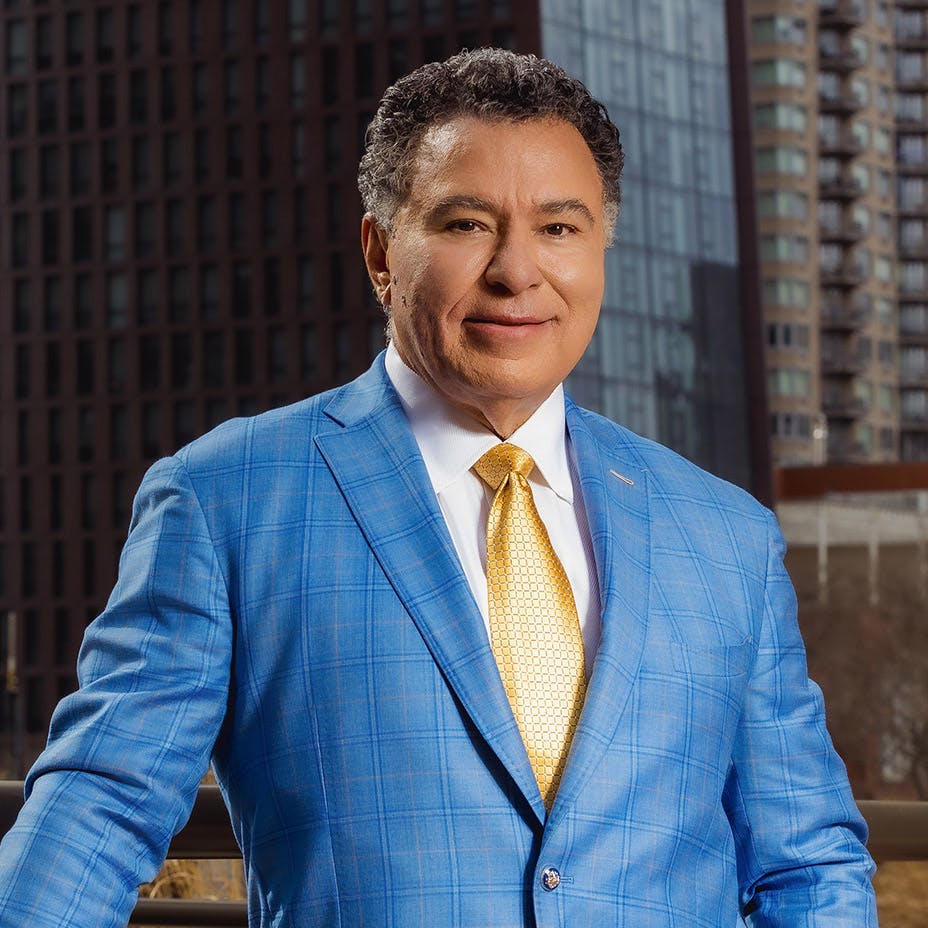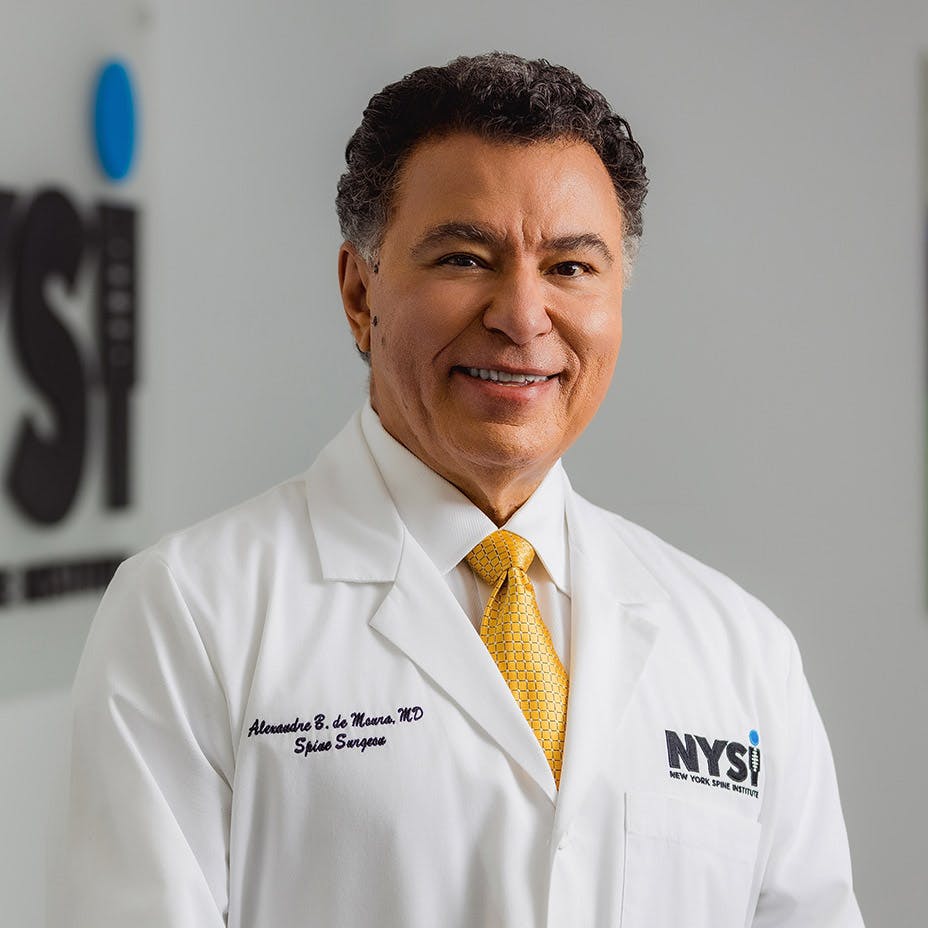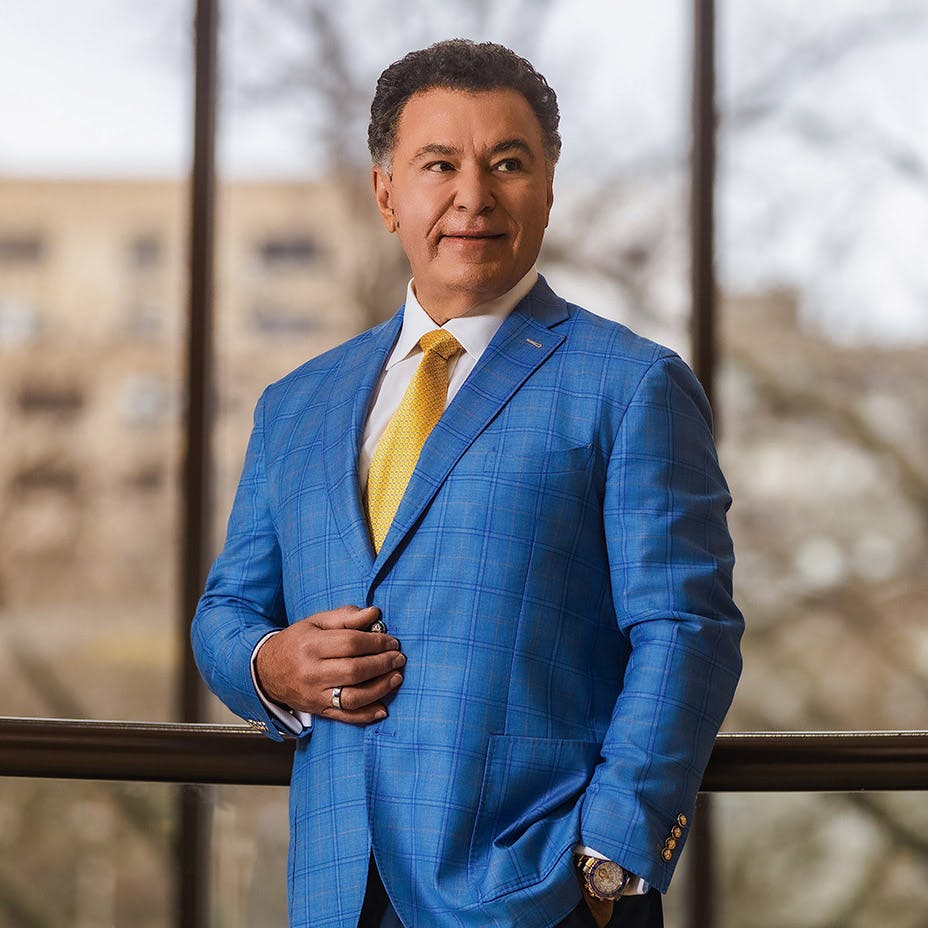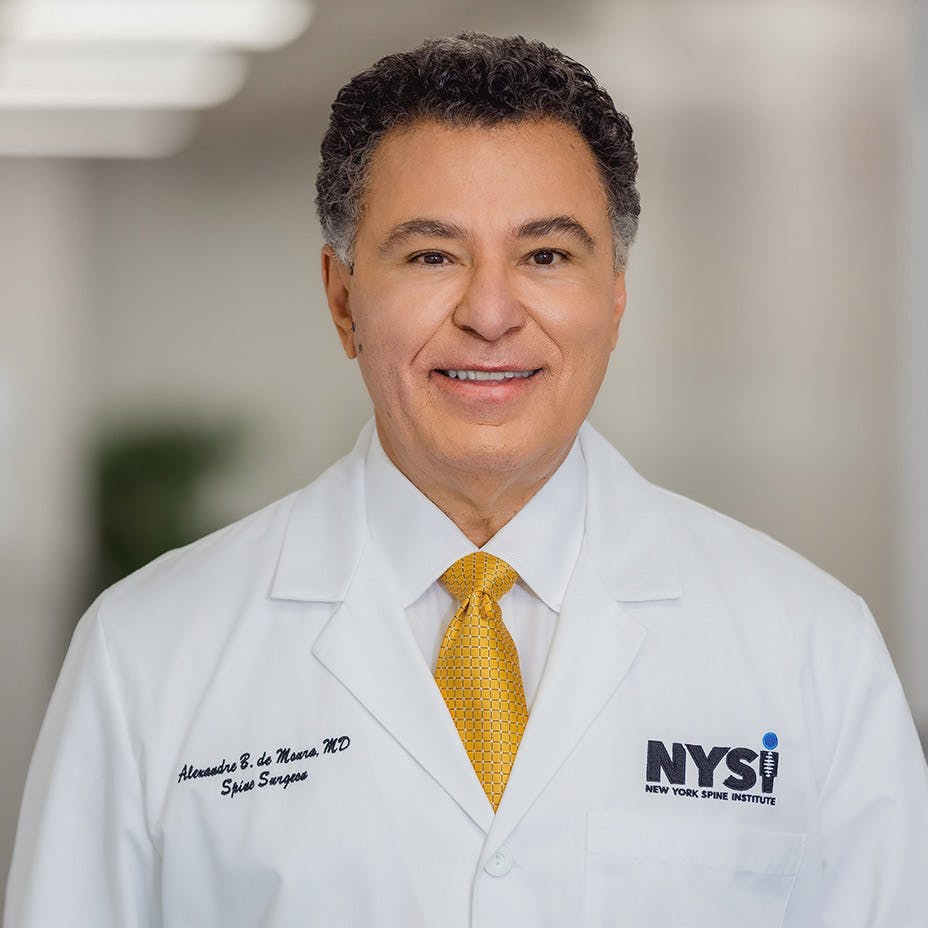Understanding The Causes of Your Pediatric Scoliosis
Pediatric scoliosis can be diagnosed by our spine specialists who will gather a history of your child and perform a thorough physical examination. There are a number of tests a child may need to undergo including:
- X-rays – X-rays provide images of internal tissues, organs and bones and measure the degree of the child’s spinal curvature. It is a primary tool used for diagnosing pediatric scoliosis.
- MRIs – An MRI uses a computer and large magnets to produce images of organs and structures within the body.
- CT Scans – A CT scan uses a computer and x-rays combined to create detailed images of the body.
Common symptoms of scoliosis, all of which can present a bit differently in one child from another, include:
- Different shoulder lengths
- Difference in height or position of the shoulder blade
- Difference in the position or height of the hip
- The head is not centered with the body
- When bending forward, there is a difference in the height of the sides of the back
A spine specialist will perform a thorough physical exam and x-rays to determine whether or not a child is affected by scoliosis and how severe it is. Again, in some cases, a child may need further tests, including an MRI or CT scan to diagnose the type and degree of the scoliosis. Visit our New York Spine Specialists for a imaging services, diagnosis and proper treatment options.



